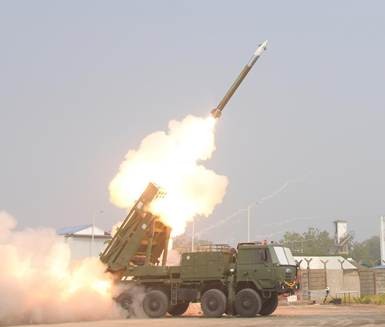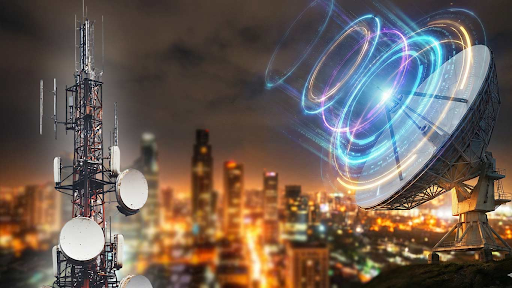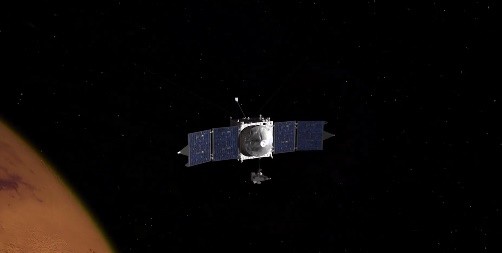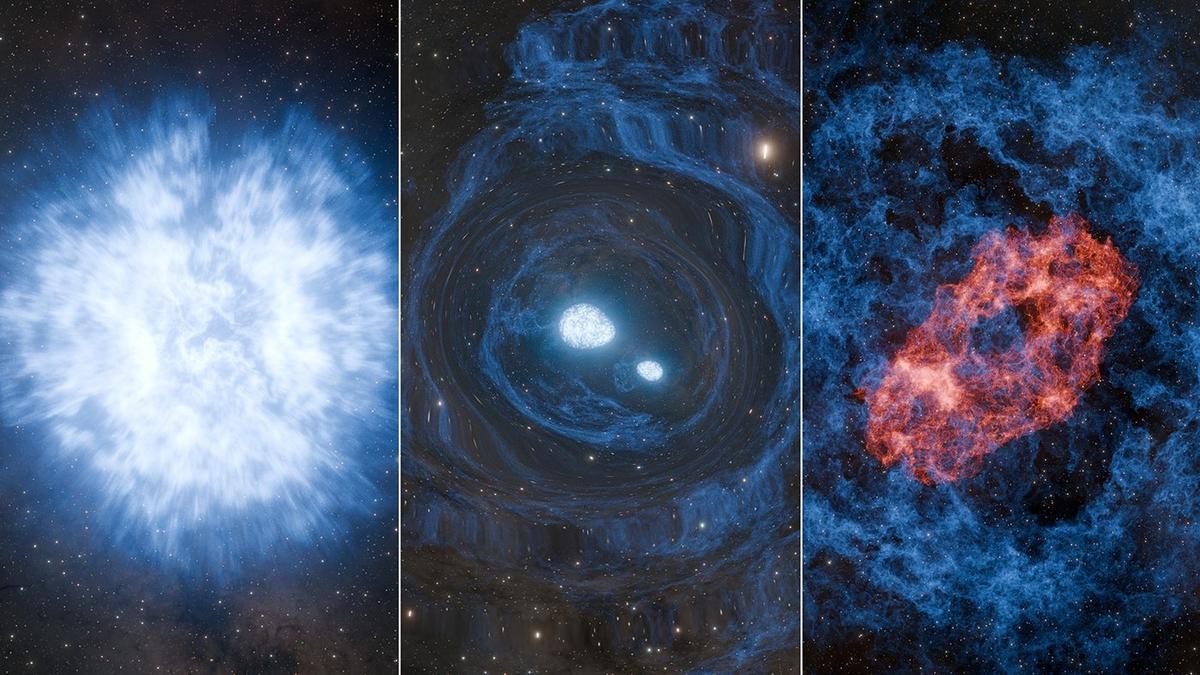



In a U.S. first, step-and-shoot SPArc treated a woman’s parotid-gland cancer, reducing radiation to critical structures by up to 90% compared to standard SFO-IMPT. The technique, using precise proton beams, minimizes damage to nearby tissues. Despite its promise, high costs and risks of missing small tumors remain concerns.

Copyright infringement not intended
Picture Courtesy: THE HINDU
A team of experts in the U.S. has used step-and-shoot spot-scanning proton arc therapy (SPArc) therapy for the first time on a patient to destroy cancerous cells.
It is an advanced form of proton therapy, a radiation treatment that uses protons instead of photons to deliver radiation to tumors.
It was first introduced in 2016 and has since evolved to improve delivery efficiency and plan quality.
Unlike traditional intensity-modulated proton therapy (IMPT), SPArc employs a dynamic arc delivery system, where a proton beam is delivered at multiple angles in a pre-programmed pattern, optimizing dose distribution.
Mechanism
SPArc operates by scanning proton beams across a tumor in energy layers, where each layer corresponds to a specific depth of tissue penetration.
A gantry rotates around the patient, delivering radiation in steps. This "step-and-shoot" approach differs with fully dynamic SPArc, which continuously adjusts energy and delivery points but is still under development.
Technological Advancements
SPArc integrates a spot sparsity optimization (SSO) algorithm to reduce the number of proton spots, minimizing delivery time.
The alternating directions method of multipliers (ADMM) enhances sparsity by up to 88.91% compared to earlier methods, reducing spot switching time by 46% and total delivery time by 62%.
Proton therapy’s physical properties allow precise targeting, minimizing damage to critical structures like the brainstem and optic nerves.
Lower radiation doses to healthy tissues result in fewer side effects, improving patient quality of life.
AI-driven synthetic CT scans enable real-time adjustments for anatomical changes, ensuring consistent dose delivery.
Automated delivery reduces treatment time compared to manual IMPT methods, enhancing patient comfort and clinic throughput.
Source:
|
PRACTICE QUESTION Q. SPArc therapy, often mentioned in recent news, is related to: A) New diagnostic imaging technique using magnetic resonance. B) Gene-editing tool for hereditary diseases. C) Advanced form of cancer treatment using particle radiation. D) Method for developing personalized vaccines. Answer: C Explanation: SPARc stands for Spot-scanning Proton Arc therapy. It is an advanced and modern modality within the field of radiation oncology, the branch of medicine concerned with treating cancer. This technique uses a beam of protons, which are subatomic particles, to deliver a precise dose of radiation to a tumor. |









© 2026 iasgyan. All right reserved